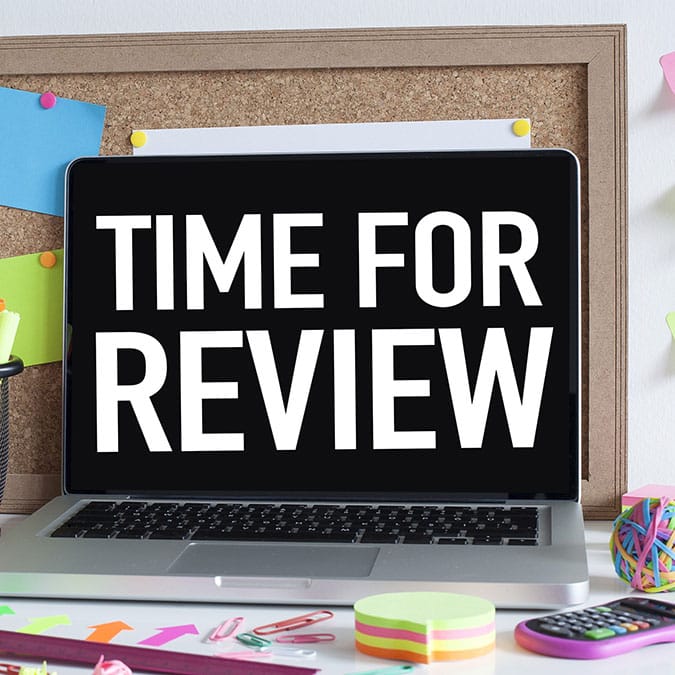Practice Management
Employee Performance Reviews: How to Improve the Process (Part 1)
This information was reprinted with permission from Insperity.

Whether you’re a manager or an employee, just seeing the phrase “employee performance review” may make your jaw clench or your stomach flip. The traditional review paradigm of calling people onto the carpet once or twice a year for a formal assessment is stressful for everyone involved.
It’s also not as effective as developing your people or reaching your company’s goals as more frequent reviews can be. In this article, we’ll look at how you can optimize your performance review process for more actionable feedback, clearer goals and better results.
Does your organization’s employee review process work? Let’s start with the obvious: Nobody likes formal annual reviews.
They’re also not a great way to achieve the goals of reviews, which are:
- Make sure employees understand what’s expected of them.
- Identify areas for performance improvement.
- Set goals to support employee development.
Waiting six months or a year to give this kind of feedback just about guarantees that it will be out of date. It also misses ongoing opportunities for relationship building and guidance throughout the year.
Create a schedule for employee performance reviews.
Coaching and developing in the moment is a more effective approach. Frequent feedback – weekly, monthly, quarterly or as needed – between major “salary and bonus” review meetings can help managers develop their people and coach them more effectively.
More frequent reviews can also nudge working managers to check in with their team even though they have their own projects to handle.
Because of these advantages, many companies are moving to more frequent one-on-one updates instead of relying on yearly or half-yearly feedback sessions.
That requires training managers and supervisors to adopt a new cadence for feedback and to take notes on each session they can use in the bigger annual or semiannual reviews.
Build a plan for your employee performance review process.
Whatever performance review documentation your organization uses, the key is to use it consistently. Follow the guidelines for topics to cover and remember to take notes.
1. Keep good notes.
A log book where you take notes on your conversations with staff members can help you give accurate feedback during your reviews throughout the year.
It also keeps you from making a common review error: only focusing on one or two elements of the employee’s performance that you happen to remember.
2. Plan fair and consistent questions.
In casual review conversations, you might cover one issue in each one, rather than running through a whole performance review checklist.
How can you ensure that you cover all the required issues with each person over the course of a quarter or a year?
Write a series of common questions that you often ask all of your staff members. That can make your reviews more consistent, so you’re not asking one staff member questions that you never ask anyone else.
In February, we will publish part two of this article, which includes, employee review scenarios, employee review pitfalls, and suggestions to help your team grow and thrive throughout the review process.

